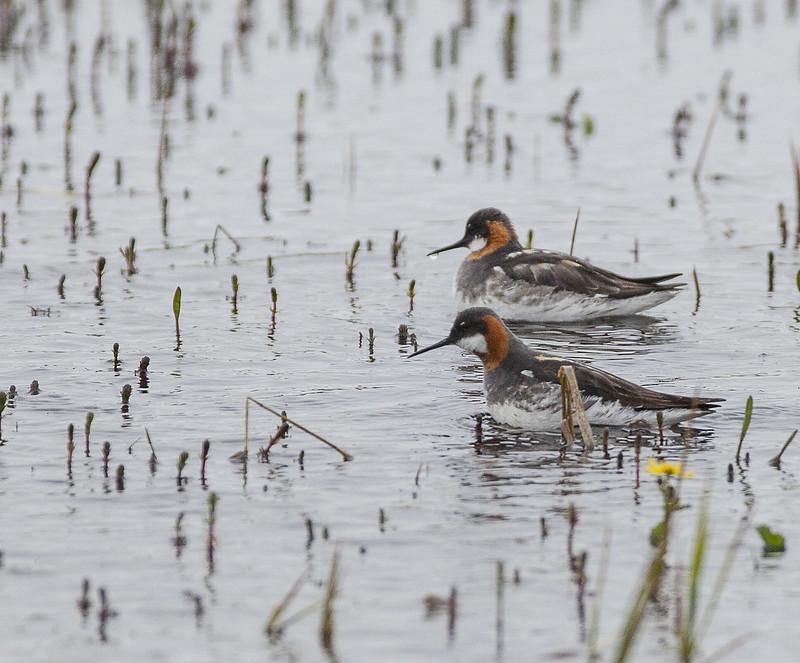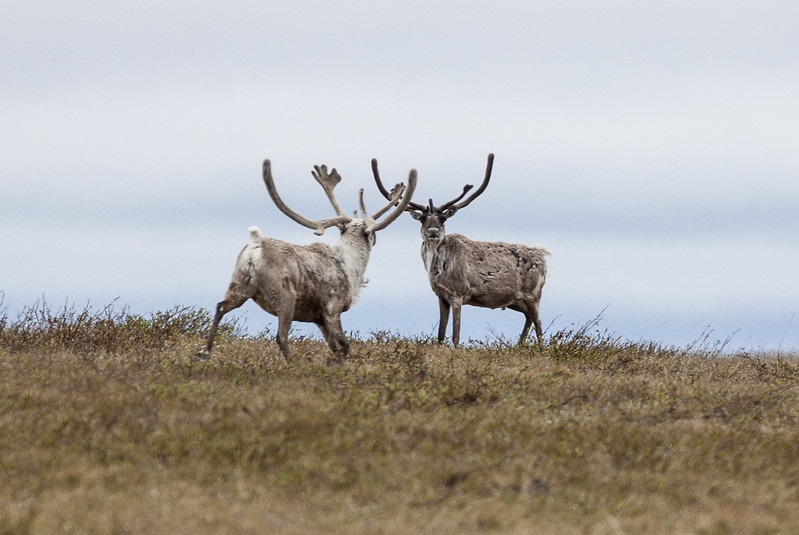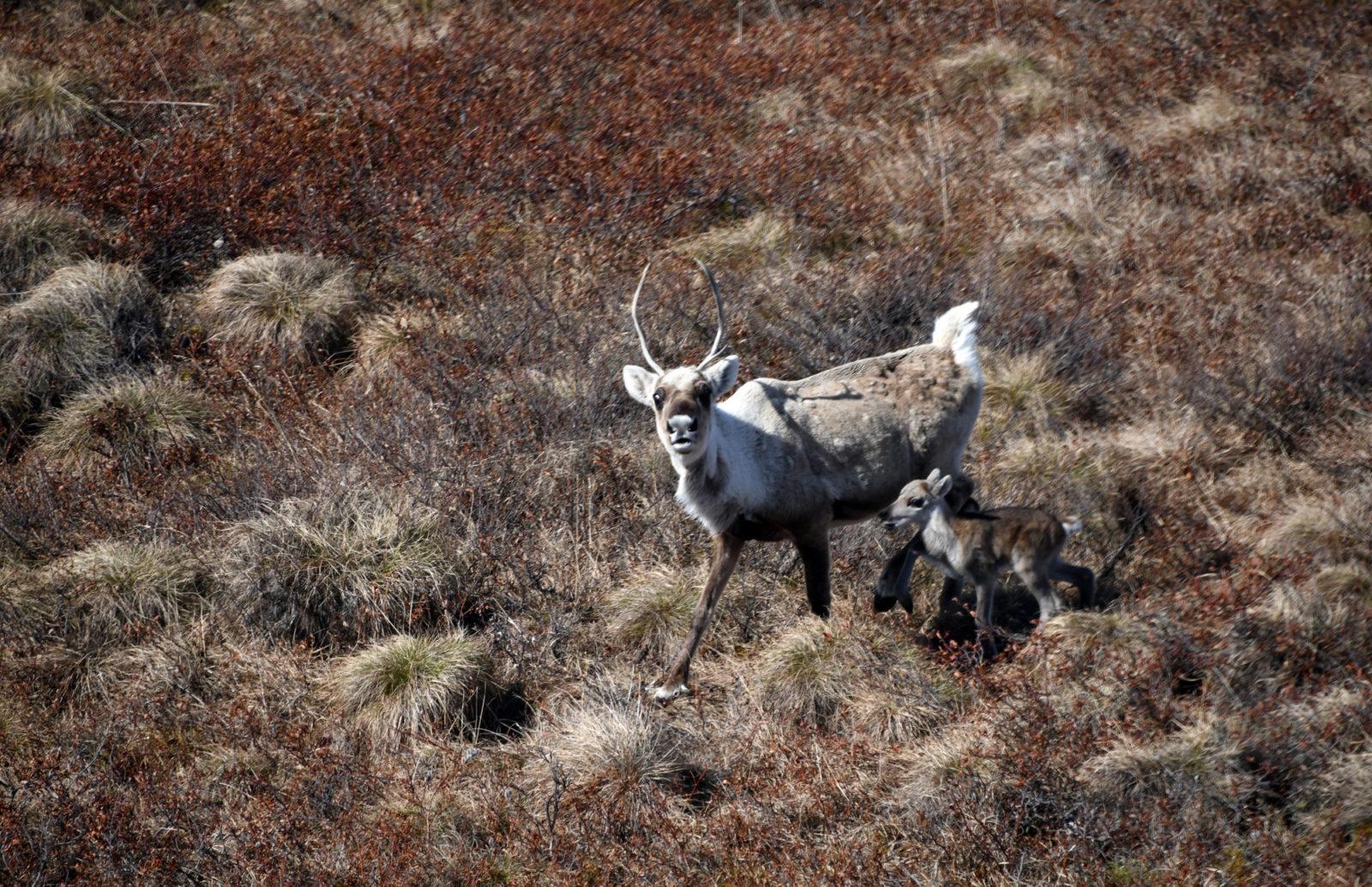
Moving the needle on climate action and Arctic health
August brought good news for the Arctic and planet when a federal court voided illegally issued permits for the ConocoPhillips’ Willow oil and gas project in Alaska’s National Petroleum Reserve.

Effective climate action and Arctic health demand that we hold decision-makers accountable to science, public process, local knowledge, and the law. Rubber-stamping permits for the oil and gas industry is not only illegal–it also goes against what science and the Biden administration recognize as necessary to preserve human health and sustain our planet in the face of the climate crisis.
September brought more good news when the Interior Department directed the Bureau of Land Management to reevaluate the destructive Trump-era 2020 management plan that would open up protected areas of the Reserve to oil and gas, further driving up carbon emissions.
This directive prohibits BLM from offering any tracts in an oil and gas lease sale that were newly opened under the 2020 plan. It also recognizes the inconsistency between the 2020 plan and the Biden administration’s focus on addressing the climate crisis and protecting human health and the environment.
Legal actions have pressured agencies to comply with the law and sound decision-making, but accountability to these values can be a slippery beast when influenced by corporations with power.
First, let’s talk about our court win on Willow
We filed a lawsuit in November 2020 calling out agencies for rubber-stamping Willow permits and authorizations. A bit of a legal roller coaster ensued, with the lawsuit halting construction activities last winter and culminating in a U.S. District Court ruling last month that found that the Interior Department violated the National Environmental Policy Act and the Endangered Species Act.

As our attorney Bridget Psarianos put it, it would be wrong and indefensible to “allow Willow to move forward when its authorizations were founded on an illegal and deficient environmental analysis that fails to lay out and address impacts to wetlands, water, land, animals and people.”
The effort to hold Interior accountable may not be over, though, because ConocoPhillips and the Biden administration may appeal the court’s decision.
Nevertheless, the ruling serves as a wake-up call. The days of the oil and gas industry and agency appointees feeling unshakeable confidence that they can use political influence to deny or distract from the climate crisis, profit at the expense of public and community health, and skirt the laws made to protect land, water, people and animals are over.
What’s in a name?
Court win aside, powerful forces continue to push for oil and gas extraction, regardless of whoever and whatever gets harmed along the way.
The government chose the name National Petroleum Reserve-Alaska to refer to the largest unit of public land in the country. Industry heads and political players use this presumptive name as if it defines the area’s purpose, but the region belongs to a vast and integrated Arctic region that has nourished communities and animals for millennia.
In 2020, right before leaving office, the Trump administration authorized a management plan that opened 84 percent of the Reserve’s 23 million acres to oil and gas and reduced or altogether eliminated special areas and their protections. That’s up from the 50 percent made accessible to oil and gas in the 2013 plan.

The 2020 plan would drive up emissions, devastate areas in the Reserve set aside for protection, and amplify the harm already caused by oil and gas industrialization and felt by those who live there.
Needless to say, the Biden administration’s directive to reevaluate this plan is heartening and suggests that it’s moving in a better direction in terms of policies that could benefit the health of the Arctic and planet for generations to come.
Meaningful action now
Ideally, this reevaluation of the management plan would result in more protections that stop climate and industrial destruction. To that end, a return to the 2013 management plan is not enough. Decades of inaction on climate and Arctic health demands more than taking a short step back from the coastline crumbling around us.
Yes, recent news shows that we’re beginning to move in the right direction. It’s even possible that the needle of understanding among decision makers is shifting, too, and that they will act with the urgency and care required of those given the privilege of leadership and influence during times of multiple global existential threats.
To keep this momentum going, we must all work together to pressure decision makers into taking action now on climate and the health of the Arctic.


